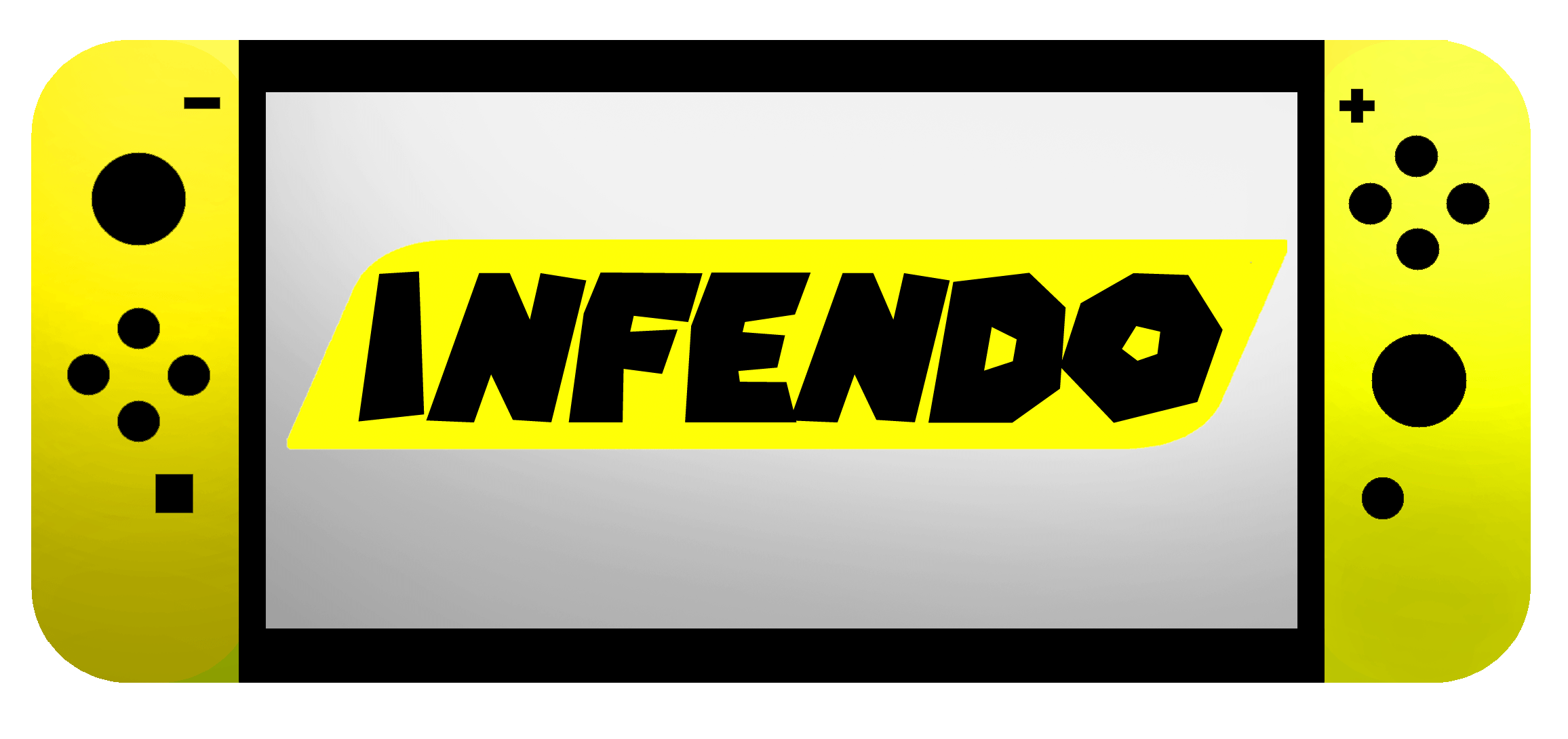
Depending on how you slice it, the new look of Madden NFL on Wii is either a welcome change or repulsive break from the norm. When EA Sports unveiled the unique, admittedly more playful look last month, a lot of fans were turned off. Overnight, the Wii version ditched the simulated realism it was known for in favor of arcade exaggeration. Why?
We caught up with the Madden Wii designer Matt Read for his reaction to the reaction, his explanation of the graphical change, an update on the features to be included on Wii (e.g. online multiplayer, exclusive modes), and why he thinks Madden 10 for Wii “stands on its own as a true to its roots football game.”
The legendary Infendo: Some fans were surprised and unsure what to think of the graphical deviation on Wii. What do you say to them?
Matt Read: We’ve stayed true to the tradition of the Madden Franchise and authentic to the NFL. From the uniforms to the stadiums, you’ll find all details you would expect from a Madden product. We’ve got the pirate ship in Tampa, the Bronco statue in Denver, and even the Ketchup Bottles in Pittsburgh. Our uniforms have been completely redone and have even greater representation than previous years: team-specific name font on the back of the jersey. We’ve had a great time building Madden NFL 10 and we’re excited to get this into the hands of Madden fans around the world.

Why did you decide to move from realistic graphics to more playful ones? What research or inspiration solidified this decision?
The first thing we did for Madden NFL 10 was study Madden as a whole on the Wii. We looked at a visual timeline of Madden and the graphics were pretty much the same since Madden NFL 2001. We also looked at what’s going on with our Xbox 360 and PS3 version of Madden. That product is built to be as photorealistic as possible. Given that our product is on the Wii hardware, we felt the best move was to create something unique that was a better fit for the console. We want it to be instantly recognizable as Madden NFL 10 on the Wii, while staying true to its roots, and stand on its own as a must-own football title.
During our research for Madden NFL 10, we came across an article where the Team Fortress 2 team discussed the challenges they faced and how it related to the market as a whole. That was something we could relate with and felt inspired by. At the same time, we were looking at everything from movies to graphic novels to student films. As we were taking in these influences, we took a long look at Madden NFL 09. We then thought about the lifespan of the Wii and if we stayed with the same approach, it will have been over 10 years of the same look before the next generation of Wii console hits.
In Madden NFL 09, we had three body types. With those three, we observed a lot of silhouette repetition across players that you’d assume would be different. This was especially apparent in your pre-snap camera. In Madden NFL 09, Peyton Manning, Randy Moss and Brian Urlacher had the same build. Manning had the same size on his arms and legs as Urlacher and Moss. We saw aspects like this as an opportunity to push greater distinction across the players. It was also our goal to make it easier for new players to quickly assess a player’s strength or skill based upon the body type. When you look at the game in Madden NFL 10, the body types reinforce the skills and help break up the repetition you can get with 22 players on the field.

Madden 10 features five body types as opposed to three from Madden 09
For our character design, we looked at key positions and emphasized the prototypical build you would associate with star players at those positions. For example, we’ve got the heroic quarterback, the thick-legged, compact running back, the muscular, knock-your-block-off linebacker, the hulking massive lineman, and the dynamic receiver/defensive back. For each of the body types, we’ve designed a unique body, head, helmet, and uniform texture with specific wrinkles that support the overall shapes of the character.
- 1 2
